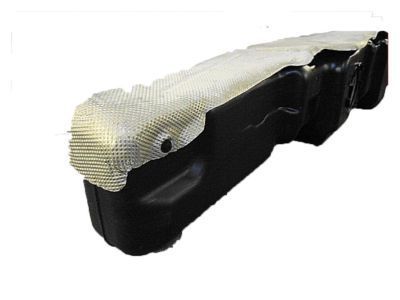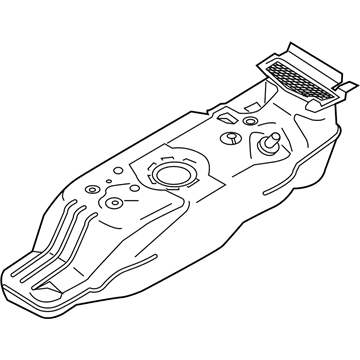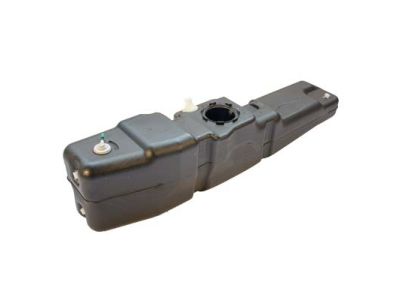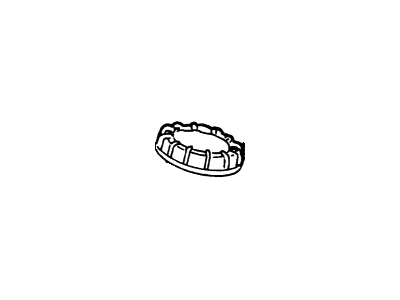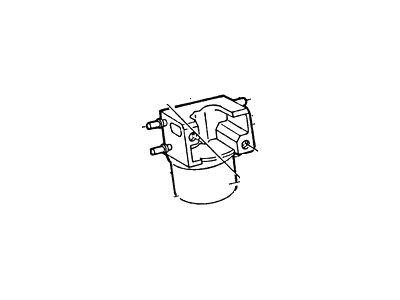×
- Live Chat
- 1-888-788-9341


My Garage
My Account
Cart
Genuine Ford Ranger Fuel Tank
Gas Tank- Select Vehicle by Model
- Select Vehicle by VIN
Select Vehicle by Model
orMake
Model
Year
Select Vehicle by VIN
For the most accurate results, select vehicle by your VIN (Vehicle Identification Number).
14 Fuel Tanks found
Ford Ranger Fuel Tank Assembly
Part Number: 4L5Z-9002-AA$787.33 MSRP: $1171.62You Save: $384.29 (33%)Ford Ranger TANK ASY - FUEL
Part Number: KB3Z-9002-A$881.47 MSRP: $1311.72You Save: $430.25 (33%)Ships in 1-3 Business Days
Ford Ranger Fuel Tank
The Ford Ranger Fuel Tank is used to store fuel and it contains the Electric Fuel Pump and Fuel Gauge Sender. It incorporates baffles to lessen fuel surging, is a segment of the Evaporative Emission Control System, and might be created out of metal or plastic. Corrosion is a problem with metal tanks and plastic tanks can crack due to fluctuating temperatures and vibrations. Fuel cells in racing cars are built to withstand a puncture and subsequently spillage of the gas in case of an accident. military-grade high capacity fuel tanks in polymer material which is less corrosive than steel that adds driving range up to 500 miles.
We provide a wide range of Ford Ranger Fuel Tank at the best prices possible. If you need Ford Ranger Fuel Tank, you can shop with confidence on our website. All our OEM parts come with a manufacturer's warranty and are delivered to your door step with a fast delivery service.
Ford Ranger Fuel Tank Parts Questions & Experts Answers
- Q: How to remove a fuel tank on 1993-2011 Ford Ranger?A: The following procedure is much easier to perform if the fuel tank is empty. Some tanks have a drain plug for this purpose. If the tank does not have a drain plug, siphon the gasoline into an approved gasoline container. Remove the fuel tank filler cap to relieve fuel tank pressure. Relieve the fuel system pressure. Detach the negative cable from the battery. If the tank still has fuel in it, siphon it into an approved gasoline container. Warning: Don't start the siphoning action by mouth/ Use a siphoning kit, available at most auto parts stores. Raise the vehicle and place it securely on jack stands. Remove the heat shield, skid plate (If equipped) and the front retaining strap. Support the fuel tank with a floor jack or jack stands. Position a piece of wood between the jack head and the fuel tank to protect the tank. On 2010 and earlier models, remove the bolt from the rear retaining strap and pivot the strap down until it is hanging out of the way. Loosen the screw clamps at the fill pipe and the vent pipe. Disconnect the pipes at the tank. Lower the tank enough to disconnect all the vapor valve, fuel line and electrical connectors from the sender unit, vapor vapor and Fuel Pump module (as equipped).Note: To simplify installation, clearly label the hoses/ lines and fittings. Plug the hoses/lines to prevent leakage and contamination of the fuel system. Note: On 2011 models, the fuel pump module cover must be removed to access some of the connectors. Disconnect any remaining fuel pump, fuel gauge sending unit, or Fuel Tank Pressure (FTP) sensor connectors (as equipped) at the rear of the fuel tank. Remove the tank from the vehicle. Warning: Store the tank in a safe place, away from sparks and open flames. Installation is the reverse of removal.The manufacturer recommends that new tank retaining strap bolts be used. On 2011 models, tighten the fuel pump module cover nuts to 80 in-lbs.
- Q: What are the precautions and how to repair a polyethylene fuel tank on 1993-2011 Ford Ranger?A: The polyethylene fuel tank cannot be repaired. Replacement is the only approved service. After cleaning, explosive fumes may remain. Avoid sparks or open flames near the tank. Be cautious in garages with gas appliances. When servicing, replace the vapor valve assembly, grommets, and seals to prevent leakage.
